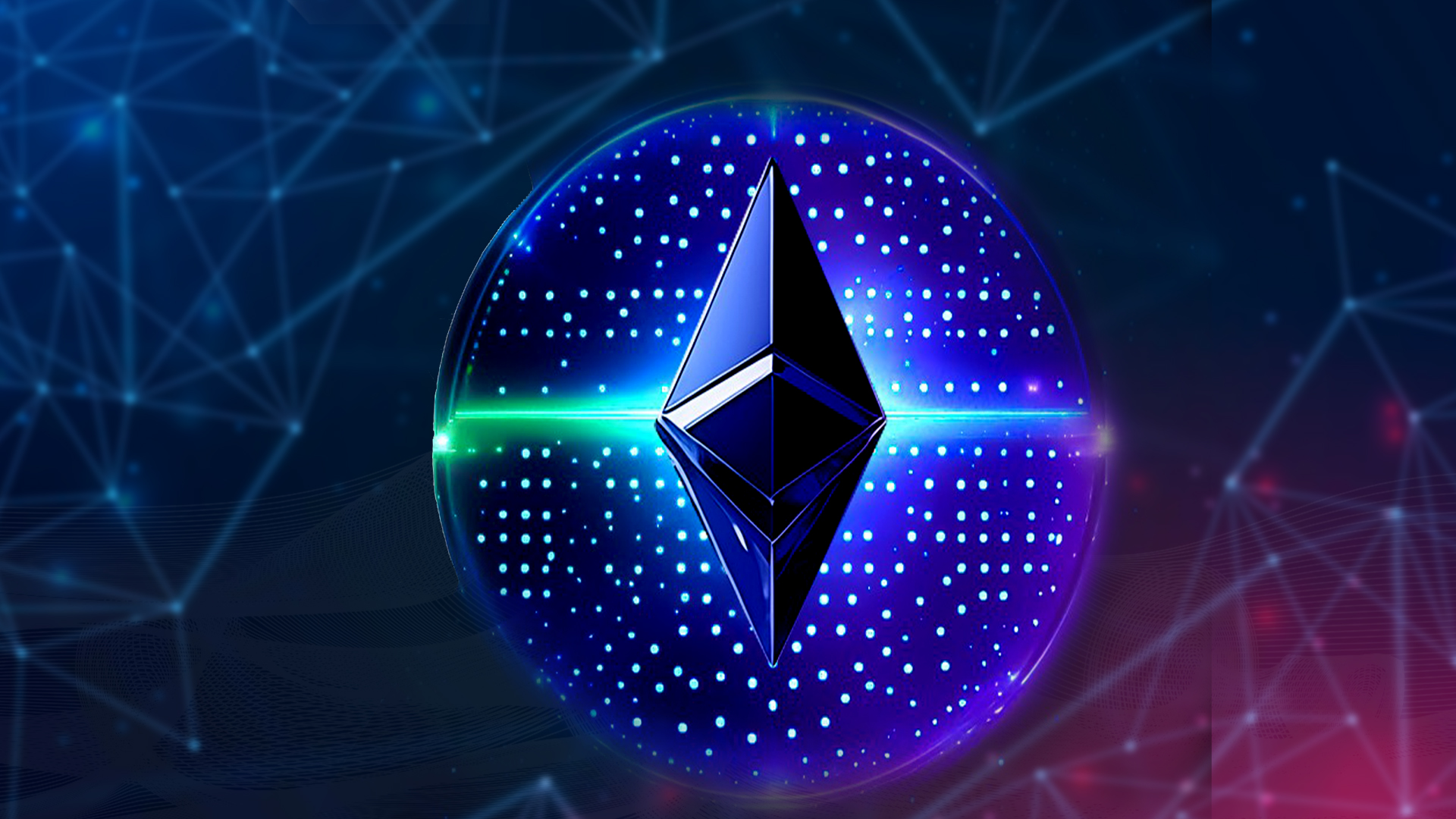
What is Surg (Ethereum), Sharding,Ethereum Virtual machine
- Surg is a series of upgrades to increase scalability and capacity.
- Layer 2 is a channel that sits on top of Ethereum Layer 1.
Surg is a development stage of the Ethereum network which includes a series of upgrades, known as sharding. Ethereum is planning to split its network into 64 shard chains, where each shard will have its own set of shard validators.
What is Sharding?
Sharding is a series of upgrades, known as Surg (Ethereum), aimed at enhancing Ethereum’s scalability and capacity. It spreads the network’s load across 64 new chains and makes it easier for nodes as it reduces the hardware’s requirement. This series of upgrades is the initial step for the significant merger of Mainnet with the Beacon chain.
Ethereum network is looking to outsource transactions to Layer 2 blockchains as it is cheaper on Layer 2 blockchains, and Ethereum can focus on its core operations like consensus, settlement, and data availability.
What is Layer 2?
Layer 2 can be said to be an updated version of Layer 1 networks like Ethereum and Bitcoin. It is designed in a way that enhances the speed and reduces the cost of executing transactions on a blockchain.
Roll-ups are Layer 2 scaling solutions raising Ethereum’s throughput by processing transactions outside the Ethereum mainnet. It alleviates congestion on the base Layer and bolsters scalability. Currently, rollups use call data for storage which post state root back to the mainnet call data is Ethereum’s cheapest form of storage, still, it is comparatively expensive considering the data which passes through EVM and permanently gets stored in blockchain.
Danksharding
Danksharding is a sharding design that implements the concept of a merged market fee; unlike regular sharding, in which shards have both different block and block proposers, only one proposer exists in Danksharding.
Ethereum is planning to implement Danksharding through which they can achieve meaningful scaling benefits quickly. Moreover, surg will create Proto-Danksharding with EIP-4844, which will build a new type of transaction known as a blob-carrying transaction. These are like regular transactions but provide data availability guarantees in the blob. Rollups can now interpret more data as blobs are 125 kilobytes big, much bigger than Ethereum blocks.
Ethereum Virtual Machine
Ethereum Virtual Machine is a piece of software that executes smart contracts and provides the status of the Ethereum network after each new block is added to the chain.EVM sits on the top of the Ethereum hardware and node network Layer. It converts smart contracts into a readable format called Bytecode by compiling various smart contracts.
Blob transactions can have a separate gas market, in which the prices of blobs will adjust exponentially. Proto-danksharding will is only a step to full Dankshard. Both can be compatible with each other and full dankshard will greatly increase the scalability of rollups.
Once dankshard will be in place, there will be no need to adjust rollups for this new type of transaction repeatedly. The idea behind implementing Danksharding is that it will make data available to validators. It extends the dataset in a way that mathematically guarantees its full availability if the samples’ threshold is available.
